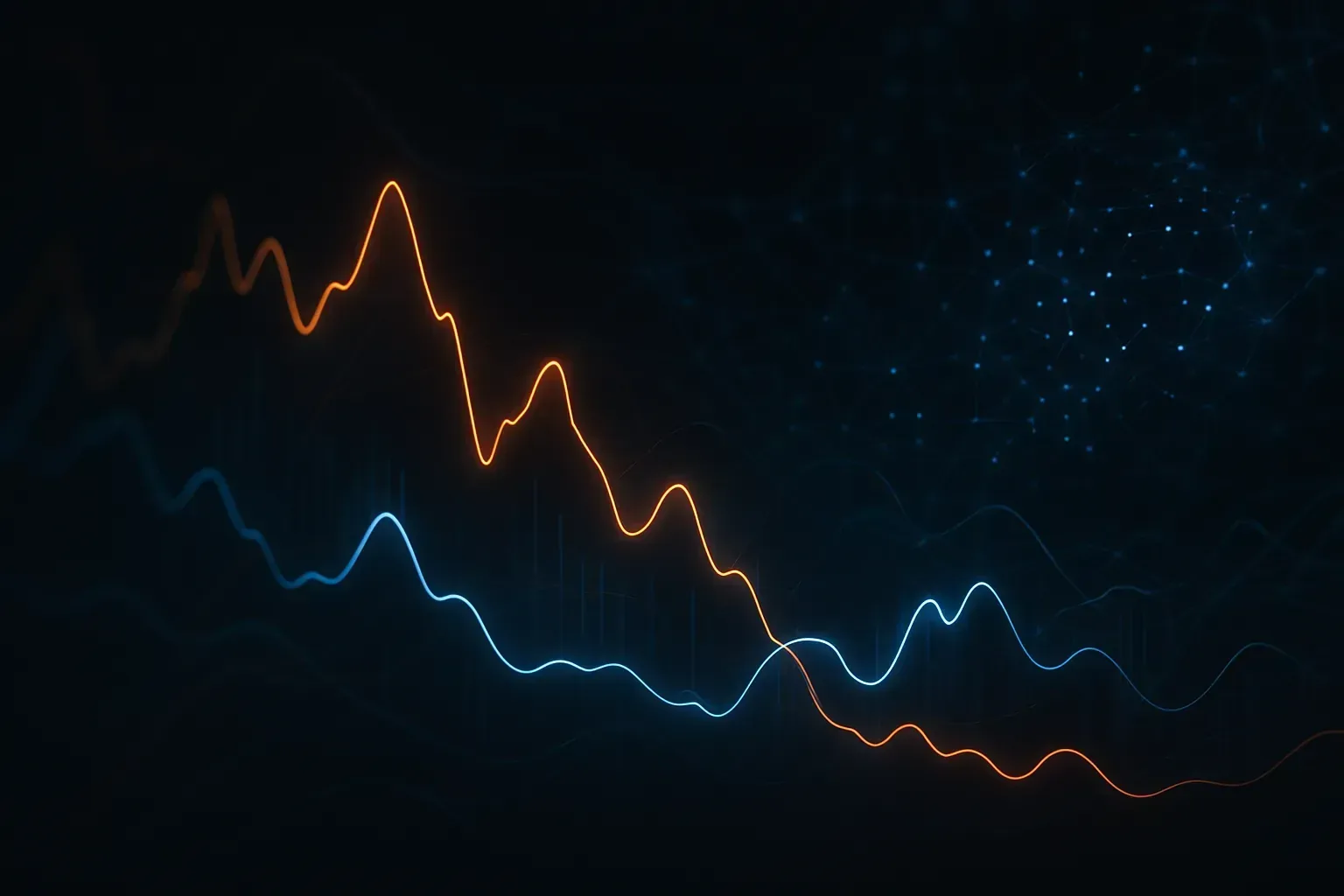
Market Volatility & AI
Volatility is a measure of how dramatically and how quickly an asset’s price moves over time. Traders watch volatility because it signals uncertainty: high volatility means prices swing widely, presenting both risk and opportunity. Traditional measures like historical standard deviation capture the magnitude of past price swings, while options markets reveal implied volatility about future expectations. In recent years, artificial intelligence has entered the scene, promising to unearth deeper patterns in noisy financial data. By digesting large datasets and learning non‑linear relationships, AI models aim to forecast when volatility will spike or calm, helping investors prepare for turbulent periods.
Core models for volatility prediction begin with statistical techniques such as autoregressive conditional heteroskedasticity (ARCH) and its generalised form, GARCH, which account for volatility clustering—periods of calm punctuated by storms. Machine learning broadens the toolkit: regression algorithms learn mappings from macroeconomic variables, sentiment indicators and technical signals to volatility levels; classification models identify market regimes like bull, bear or crisis; clustering groups assets with similar volatility profiles. Deep learning architectures, including recurrent neural networks and long short‑term memory (LSTM), capture temporal dependencies and non‑linear dynamics. Ensemble methods combine multiple models for robust forecasts.
AI‑powered volatility forecasting has many applications. Risk managers adjust hedge ratios and capital buffers based on predicted volatility, ensuring portfolios can withstand shocks. Options traders price contracts more accurately by incorporating machine‑generated volatility surfaces. Portfolio managers time rebalancing decisions and allocate assets based on expected risk, while arbitrageurs exploit mispricings between implied and realised volatility. Even regulators and exchanges use volatility forecasts to calibrate circuit breakers that halt trading during extreme swings. By anticipating market turbulence, stakeholders can make more informed decisions and mitigate losses.
Predicting volatility is not without challenges. Financial markets are influenced by unpredictable geopolitical events, regulatory changes and collective psychology. Models trained on historical data may fail to foresee unprecedented crises, and overfitting can create false confidence. High‑frequency AI trading itself can amplify volatility through feedback loops, as seen in flash crashes. Responsible use requires transparency, stress testing under extreme scenarios, and recognition of limitations. Combining AI insights with human judgement and diversification remains vital. As AI techniques evolve, so too must risk management practices to ensure market stability.
Back to articles